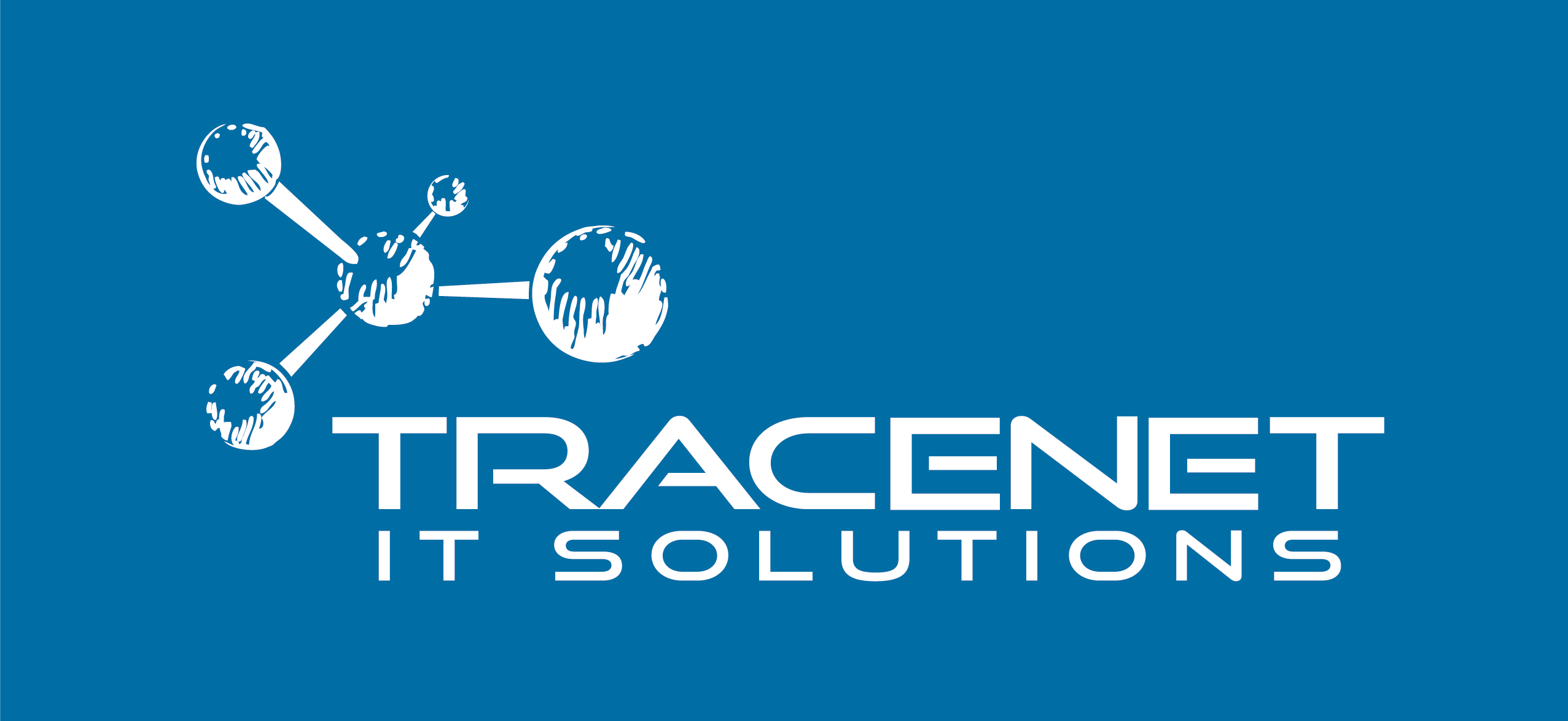Network monitoring is an essential practice for ensuring the health and performance of IT infrastructures in any organization.
In a world where network connectivity and performance are essential, understanding how network monitoring works can help prevent failures, optimize resources and ensure that day-to-day operations run smoothly.
One of the most widely used tools for this purpose is the Simple Network Management Protocol (SNMP), a protocol that enables the monitoring and management of devices on networks.
Find out how SNMP works, its main features and how it is used to monitor networks, helping companies to keep their IT infrastructures running optimally.
What is SNMP?
SNMP (Simple Network Management Protocol) is a communication protocol used to monitor and manage devices on networks, such as routers, switches, servers and other network devices.
SNMP was created to be a simple, efficient and low-cost protocol, allowing network administrators to obtain real-time information on the status of network devices and take corrective action when necessary.
To understand how SNMP works, it’s important to know its main components:
Network Manager:
The network manager is the device or system that sends and receives SNMP information. This is the central point of control where a network administrator can monitor the status and performance of all the devices on the network.
The manager can be a workstation, a server or a specialized network monitoring system.
SNMP agents:
The SNMP agent is software that resides on the network device and collects data related to its operation. It manages information about the device and makes it available to the manager when requested.
The agent responds to requests from the manager and sends trap messages, which are alerts about events or faults.
MIB (Management Information Base):
The MIB is a hierarchical database that stores information about the devices on the network.
Each device has its own MIB, which contains a tree of objects with data about the device’s performance, configuration and status. Objects are identified by a unique OID (Object Identifier).
SNMP protocols:
Operates over the IP (Internet Protocol) protocol, allowing devices distributed across a network to communicate effectively. The most common versions of SNMP are:
- SNMPv1: the original and simplest version, but with limited security.
- SNMPv2c: improves performance compared to SNMPv1, but still has security flaws.
- SNMPv3: introduces robust security features, such as encryption and authentication.
How does SNMP work?
How SNMP works involves interaction between managers and agents on a network. In general terms, the process can be divided into four stages.
The first is directly linked to data collection, where the SNMP agent collects information from the device in real-time, such as CPU usage, memory usage, network traffic, switch port status and other critical parameters. This information is stored in the MIB.
Once the data has been collected, the data request takes place, where the SNMP manager can request specific information from an agent using the “GET” or “GETNEXT” methods. The “GET” command allows the manager to retrieve a specific value from an object in the MIB, while “GETNEXT” allows retrieval of the next object in the MIB.
Then, when a critical event or failure occurs, the agent can send a notification (trap) to the manager without the need for a request. For example, if a network’s traffic exceeds a critical threshold, the agent can send a trap warning of the condition.
Finally, configuration changes take place, as SNMP also allows the manager to modify the configuration of devices using the “SET” command. This can be useful for adjusting parameters such as VLAN settings, ports, or even restarting devices when necessary.
How does network monitoring with SNMP work?
Network monitoring is the main application of SNMP. Below, we will detail how the protocol is used to monitor different devices and metrics within an IT infrastructure.
- device performance monitoring
SNMP enables continuous performance monitoring of network devices. This includes measuring various metrics, such as:
- CPU and Memory Usage: SNMP can provide information on the usage of device resources, such as processors and memory. If a device is overloaded, the administrator can be alerted and take action to free up resources or redistribute the load.
- Network traffic rate: data traffic on a network is another monitored parameter. SNMP allows you to measure the amount of data flowing through specific ports of a switch or router. This can help detect congestion and plan network capacity.
- Connectivity status and latency: the protocol can check the status of devices, such as switches and routers, and measure network latency between different points.
- Fault detection and problem analysis
The ability to detect faults quickly is one of SNMP’s greatest advantages. Through traps, the protocol can alert network administrators to device failures, such as a router that has stopped working or a network connection that has been disconnected.
These alerts are crucial for taking swift action and avoiding major problems such as downtime. In addition, SNMP can be configured to generate detailed logs on network events, which makes it easier to analyze problems and identify root causes.
- Configuration management
Although SNMP is best known for monitoring, it is also used for remote management and configuration of devices. This is done via the “SET” command, which allows you to change device configuration parameters, such as network interfaces and security.
This remote configuration capability facilitates the administration of large networks and saves administrators time by avoiding the need to manually configure each device.
- Scalability in complex networks
In large, complex networks, SNMP makes monitoring scalable. Through the MIB, it is possible to organize and classify information in a structured way, making it easier to manage networks with multiple devices.
Network monitoring tools based on SNMP can group data from different devices in a centralized interface, making analysis and management easier and more efficient.
Benefits of SNMP in network monitoring
The use of SNMP brings several benefits to organizations looking to optimize their networks and guarantee service continuity.
Some of the main benefits include real-time monitoring of network devices, allowing problems to be detected as they arise and corrections to be applied quickly.
As well as the automation of tasks, such as collecting metrics and alerts about faults, it makes network management more efficient, freeing up administrators for more strategic tasks.
By detecting faults and problems early, interruptions and downtime can be minimized, which increases network reliability and availability.
Finally, SNMP can be easily scaled to monitor networks of any size, from small local networks to large corporate infrastructures.
Conclusion
The SNMP protocol is a powerful and essential tool for monitoring and managing networks. Its simplicity, flexibility and efficiency have made it one of the most widely adopted standards in corporate environments, data centers and large-scale networks.
SNMP allows network administrators to monitor devices, identify problems quickly and take action to prevent failures and optimize network performance.
As SNMP has evolved, especially with the introduction of security features in version 3, it remains a solid choice for modern network management.



